Introduction – What Am I Doing Here?
It is early 2024. For the second time in eight months, I’m crouched in the pre-dawn desert darkness, scratching the stubble from my face beneath a sky ablaze with stars. The fiery red glow of dawn is still a while off, but around me my troop stirs through their own morning routines.
Today is a big day.
In a few short hours, millions of dollars’ worth of taxpayer-funded air assets will launch from the east coast and track deep into the heart of the continent. My small, dedicated team of professional soldiers and young officers will put themselves – and our embryonic equipment – to the test as we integrate the Army’s new ground-based air defence system, the National Advanced Surface to Air Missile System (NASAMS), into a live Integrated Air and Missile Defence network. This is the first time it has been done under real-world conditions, on a joint exercise shrouded in secrecy.
This is as real as it gets – and I couldn’t be prouder. As the contingent commander and most senior member of Army’s contribution, the responsibility sits squarely with me. I need to get it right.
Twelve months later, the contrast could not be starker. I sit in a gleaming glass tower in Army Headquarters (AHQ), staring blankly through double-glazed windows and resisting the urge to toss my monitor onto the asphalt four storeys below. I’ve just been rebuked for a line in a briefing slide that “doesn’t tell the boss what he wants to hear.”
How did it come to this?
Is this really my profession now? As a junior officer in a headquarters where lieutenant colonels fetch the coffee, how can I hope not only to endure this environment, but contribute meaningfully to a culture that feels disconnected from the soldiers it serves?
This article reflects on the dissonance between the leadership values we espouse, and the behaviours often observed in Army’s strategic environment – and what this means for junior leaders navigating the transition.
Life in the Regiment – Doing Over Saying
Any organisation undergoing generational change will face challenges. When I graduated from RMC-D in 2019 and completed my ROBC in 2020, I marched into a regiment on the edge of such a transformation.
Project LAND 19 Phase 7B is one of Army’s most complex and ambitious modernisation efforts – replacing the Saab-Bofors RBS-70 short-range air defence system with NASAMS, a radar-guided, beyond-visual-range, digitally integrated system.
I was fortunate to be in the right place at the right time. After an initial period as a troop commander, where I demonstrated both technical aptitude and interpersonal skills in the joint world of Tactical Data Links, I promoted to captain and was selected to lead the first NASAMS Troop – Army’s Initial Operating Capability. It became the regimental main effort throughout my posting.
Together with my troop – and the full support of our battery and regiment – we built the aircraft while flying it, often quite literally.
One of the key examples of this occurred when difficulties in procuring hardware from the United States had left us – quite literally – with a gaping hole in our ability to digitally connect into an IAMD network. Rapid and focused work between our industry partners and some of my specialist operators enabled us to lash together an interim hardware solution that would be put to the test during our time here in the desert. I’d found myself providing input both into the design process, as well as on the tools with my operators as we tested and refined the capability in the weeks prior to our deployment.
There was no other option other than to put my money where my mouth was and help produce results, because in this environment, there was no room for pretence. If you didn’t know something, you owned it, learned it, and moved on. Respect was earned through presence, humility, and technical competence.
Because we were the first, I had to stay ahead of the game. Not only did I need to learn new skills rapidly, I needed the depth to guide and support my team. I had to understand the system in detail to advocate effectively for our capability and people.
As our proficiency grew, I found myself becoming the face of the capability to external stakeholders. True integration required credibility – and credibility could only be earned through action. No buzzwords, no optics, just results.
Staff Reality – Say Over Do
By contrast, the headquarters environment is about perception rather than substance.
Recently, I was told by a more senior officer that I needed to “improve my optics” because I hadn’t been seen in the office lately.
“I’ve been on exercise, sir – for the last three weeks,” I replied. That exercise had been directed by the very headquarters we worked in. I’d been the token captain sent forward, received a challenge coin from the one-star for my effort, and returned proud of what I’d achieved.
But none of that mattered. I hadn’t been seen in the building.
Now I find myself in a world where image takes precedence over ability, and where presence in a meeting room often counts for more than professional credibility.
As a captain in AHQ, I’ve become the proverbial messenger. I recently received a call from a major on a Friday afternoon – demanding to know what AHQ was doing to “sort out travel” for soldiers he was providing for a Monday task. I had been told about those soldiers approximately 30 seconds before he called.
His first concern wasn’t his people – it was making sure AHQ understood they needed to do some work late on a Friday.
I’ll let my actions speak for how I looked after those soldiers. If you ever find them, ask them.
But nothing grates more than seeing soldiers treated as resources rather than the skilled, professional volunteers they are. The further one strays from the tactical edge, the more abstract and impersonal the consequences of leadership become.
And let’s be honest – there’s often little consequence for poor leadership at this level. The two-year posting cycle guarantees a short memory, and mediocrity is frequently shuffled sideways or upward.
In a world where perception is the currency, it’s the masters of optics – not credibility – who go the furthest.
The Ethical Tension
Every officer experiences highs and lows. But I often ask myself: is this a reflection on organisational values, or just a junior officer having a whinge?
That’s the problem.
Junior officers are often dismissed as inexperienced or overly idealistic – especially in strategic headquarters. But they are also the most honest barometers of our culture. They’re still bound by return of service obligations, still invested in the organisation, and haven’t yet become disengaged or cynical.
Senior officers in these environments, by contrast, typically don’t have ROSOs. They choose to stay – and often have little incentive to rock the boat.
In an organisation already struggling with retention, this misalignment of values has consequences. It’s at this stage – around the captain or major level – when many officers become eligible to leave. And they do.
When values cease to be practiced, and are instead only professed, silent erosion begins. The outspoken, the committed, the idealistic – they disappear quietly, like grains of sand washed downstream by a river they no longer recognise.
Three Personal Anchors
So how do you stay grounded?
I am fortunate enough that my previous experience allows my values to make me more of a rock in the river than a grain of sand – but even rocks are worn smooth by the current.
I stay connected to the junior officers I led last year. Mentorship keeps me anchored.
I train. Riding to and from work gives me physical clarity, especially in a place where regular PT, strangely, is not the norm – even though it’s literally in our standing orders.
And I study. The Army Tertiary Education Program has given me the chance to engage with new ideas, explore leadership theory, and reflect on a broader future. It’s a powerful reality check – and a reminder that, if I need to, I have other roads I can walk.
(As an aside – if Army realised that it was educating its young officers just as their ROSOs expire, it might be wise to consider how it values them at that point.)
Each of us must find their own mechanisms. But the one non-negotiable is this: do not compromise your values to fit the environment. That way leads only to attrition – of people and of purpose.
Conclusion – The Profession I Still Believe In
Despite all of this, I still believe in our purpose – and more importantly, in our people.
A strategic headquarters should not be exempt from the standards we set for tactical commands. The principles of leadership – credibility, humility, accountability – must still apply, even when the terrain is carpeted rather than camouflaged.
Too many in headquarters believe they are irreplaceable. But if AHQ disappeared overnight, I doubt the battalions and regiments would notice much – at least not for a while.
That should be a humbling thought.
If we expect our people to follow us in battle, we must first ensure we are worthy of being followed – through the halls of headquarters, just as we are on operations.
Because they deserve nothing less.
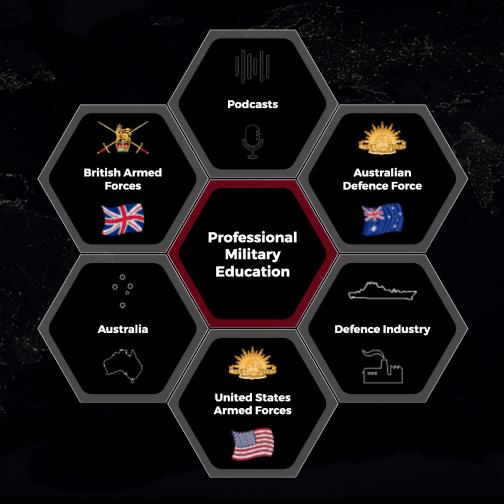
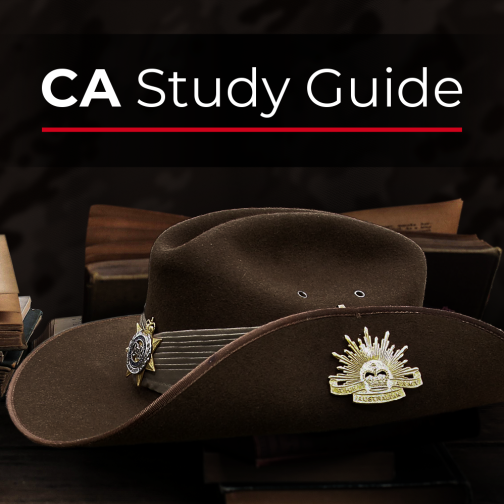

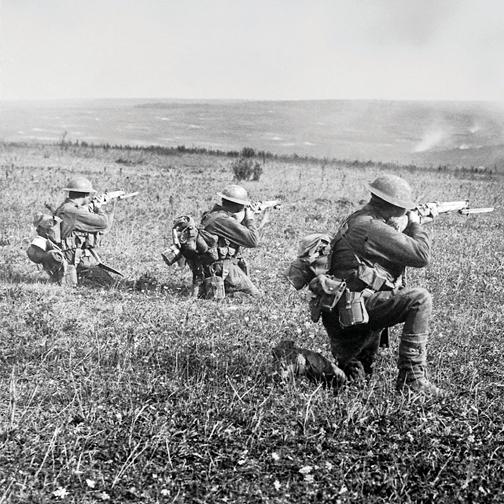
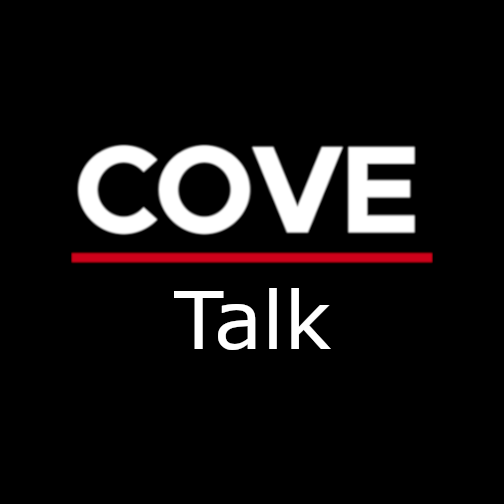

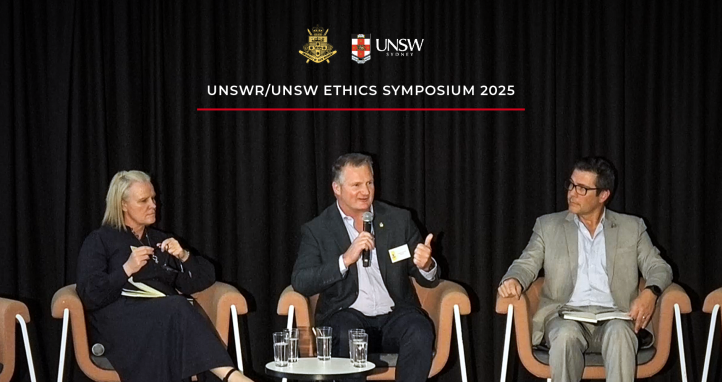
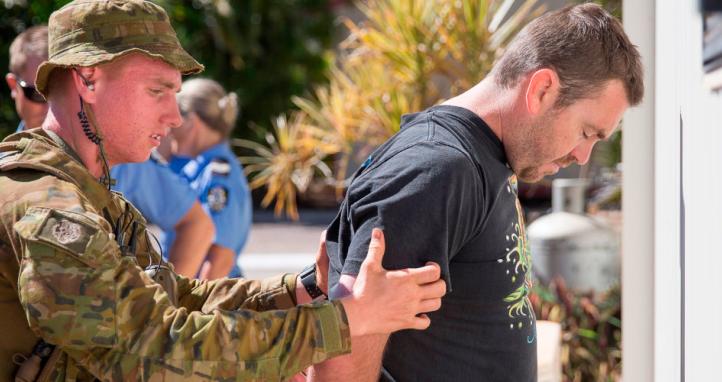


You’ll come across lots of people and HQ’s that you don’t think are effective. The real skill is in how you can succeed despite this…
That the young CAPT was rebuked for 'not telling the boss what he wants to know' demonstrates the yawning gap between tactical level and what Government seeks from AHQ to deliver these strategic acquisitions outside of high intensity conflict and war. E.g. AHQ is answering to politicians in senate estimates and when you listen to estimates or better still draft response to estimates you very quickly realise it’s a different ballgame than the red dust of Australia.
My point is that the good CAPT, whilst well-meaning at cohort, has to learn how to navigate the political bureaucracy and language to achieve results... finally, I am yet to see the perfect HQ, I am yet to see the perfect staff Officer and I am absolutely certain there are no perfect politicians so sadly cognitive dissonance becomes the 11th principle of war in the AHQ ‘Canberra’ Bubble.